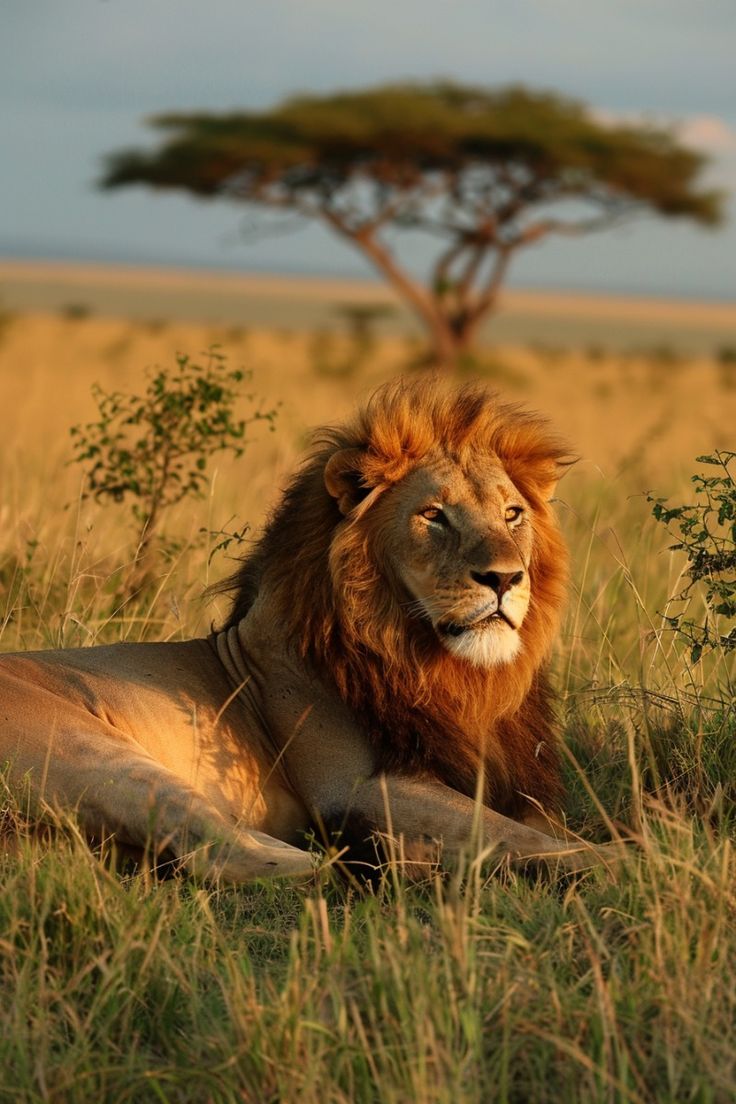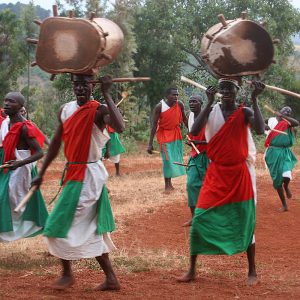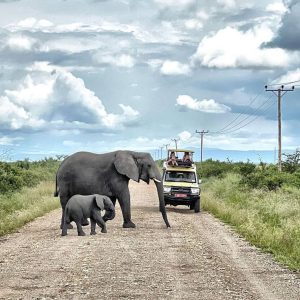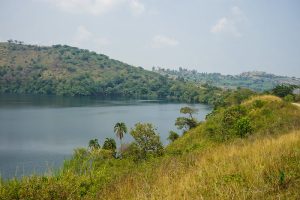How to See the Big Five on Safari in Akagera National Park
Akagera National Park, nestled in eastern Rwanda along the Tanzanian border, is a breathtaking savannah wilderness. Once nearly depleted of wildlife, this park has made a stunning comeback, reestablishing itself as one of Africa’s premier safari destinations. Today, visitors can witness the famous Big Five—lion, leopard, elephant, rhino, and buffalo—in this pristine environment. Here’s a guide to help you maximize your chances of seeing the Big Five on safari in Akagera National Park. How to See the Big Five on Safari in Akagera National Park
1. Understanding the Big Five in Akagera
The Big Five were originally named for their difficulty to hunt, but they now symbolize the most sought-after wildlife sightings on a safari:
- Lion: Reintroduced in 2015 after two decades of absence, Akagera now has a thriving lion population.
- Leopard: Elusive and nocturnal, leopards are present but require keen eyes and patience to spot.
- Elephant: Akagera is home to over 100 elephants, often seen near lakes and open plains.
- Buffalo: Large herds of African buffalo roam freely across the savannah and wetlands.
- Rhinoceros: Both black and white rhinos were reintroduced in 2017 and 2019, completing the Big Five roster.
2. Best Ways to Spot the Big Five
a. Guided Game Drives
- Morning Drives: Early morning is one of the best times to spot wildlife, as animals are most active during the cooler hours.
- Evening Drives: The cooler temperatures in the evening also encourage animal activity, and this is the best time to spot predators like lions and leopards.
- Night Drives: Available by special arrangement, night drives offer a chance to see nocturnal species, including leopards.
b. Self-Drive Safaris
- Visitors with their own vehicles can explore Akagera’s well-maintained roads at their own pace. Maps are provided at the park entrance, highlighting areas with frequent wildlife sightings.
- Popular routes include the Kilala Plains and Lake Ihema shores for elephants, buffalo, and lions.
c. Boat Safaris
- Akagera’s expansive lakes, particularly Lake Ihema, provide excellent opportunities to view elephants, buffalo, and other wildlife as they come to drink.
- Boat safaris also offer a unique perspective and are less intrusive, allowing you to observe wildlife in a peaceful setting.
d. Walking Safaris
- Guided bush walks, offered by the park, allow visitors to experience Akagera on foot. While you may not encounter the Big Five up close, these walks provide insights into the park’s ecosystem and are excellent for tracking smaller mammals and birdlife.
3. Best Locations to Spot Each of the Big Five
- Lions: Found in the Kilala Plains, lions are often seen resting in the shade during the day or hunting at dawn and dusk.
- Leopards: Search for leopards in the woodlands or near rocky outcrops, especially during night drives.
- Elephants: Large herds are frequently seen around Lake Ihema and the park’s northern region.
- Buffalo: Common across the park, buffalo can often be found in open grasslands and near water sources.
- Rhinoceros: Head to the southern part of the park, where both black and white rhinos were reintroduced.
4. Tips for a Successful Big Five Safari
a. Travel with Expert Guides
- Local guides have in-depth knowledge of animal behavior and the park’s layout, significantly increasing your chances of seeing the Big Five.
b. Start Early
- Wildlife is most active during the early morning and late evening hours when temperatures are cooler.
c. Bring the Right Gear
- Binoculars: Essential for spotting elusive animals like leopards from a distance.
- Camera: Capture stunning moments with a zoom lens for close-ups.
- Clothing: Wear neutral-colored clothing and comfortable shoes to blend into the environment.
d. Be Patient
- Safari success often requires patience and a keen eye. Spend time observing waterholes, as they are hotspots for wildlife activity.
e. Stay Silent and Respectful
- Keep noise to a minimum to avoid startling the animals, and always follow the park’s rules and your guide’s instructions.
5. Accommodation Options in Akagera
Staying within or near the park enhances your chances of Big Five sightings:
- Magashi Camp: A luxury safari camp with private tents overlooking Lake Rwanyakazinga, offering guided drives and boat safaris.
- Akagera Game Lodge: Located on a hilltop, this lodge offers stunning views and access to guided safari activities.
- Karenge Bush Camp: A seasonal, eco-friendly camp offering a more rustic and immersive experience.
6. Conservation and Responsible Tourism
Akagera’s Big Five are a testament to successful conservation efforts. By visiting the park, you contribute to its ongoing protection:
- Anti-Poaching Initiatives: Akagera’s conservation programs have restored the populations of rhinos, lions, and other wildlife.
- Community Involvement: Revenue from tourism supports local communities, promoting coexistence between people and wildlife.
- Eco-Friendly Practices: Lodges and tour operators emphasize sustainability, ensuring the park remains pristine for future generations.
7. When to Visit
The best time to see the Big Five in Akagera is during the dry season (June to September) when animals congregate around water sources, making them easier to spot. The wet season (March to May and October to November) offers lush landscapes and excellent birdwatching but may present challenges for game viewing due to dense vegetation.
Conclusion
Akagera National Park offers a unique and intimate safari experience with the Big Five in a picturesque setting of savannahs, wetlands, and rolling hills. By planning strategically, opting for guided activities, and staying in prime accommodations, you can enjoy a memorable adventure in this conservation success story. Whether you’re a seasoned safari enthusiast or a first-time visitor, Akagera promises an unforgettable journey into the heart of Rwanda’s wildlife wonders.a




